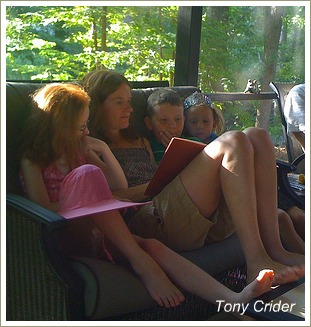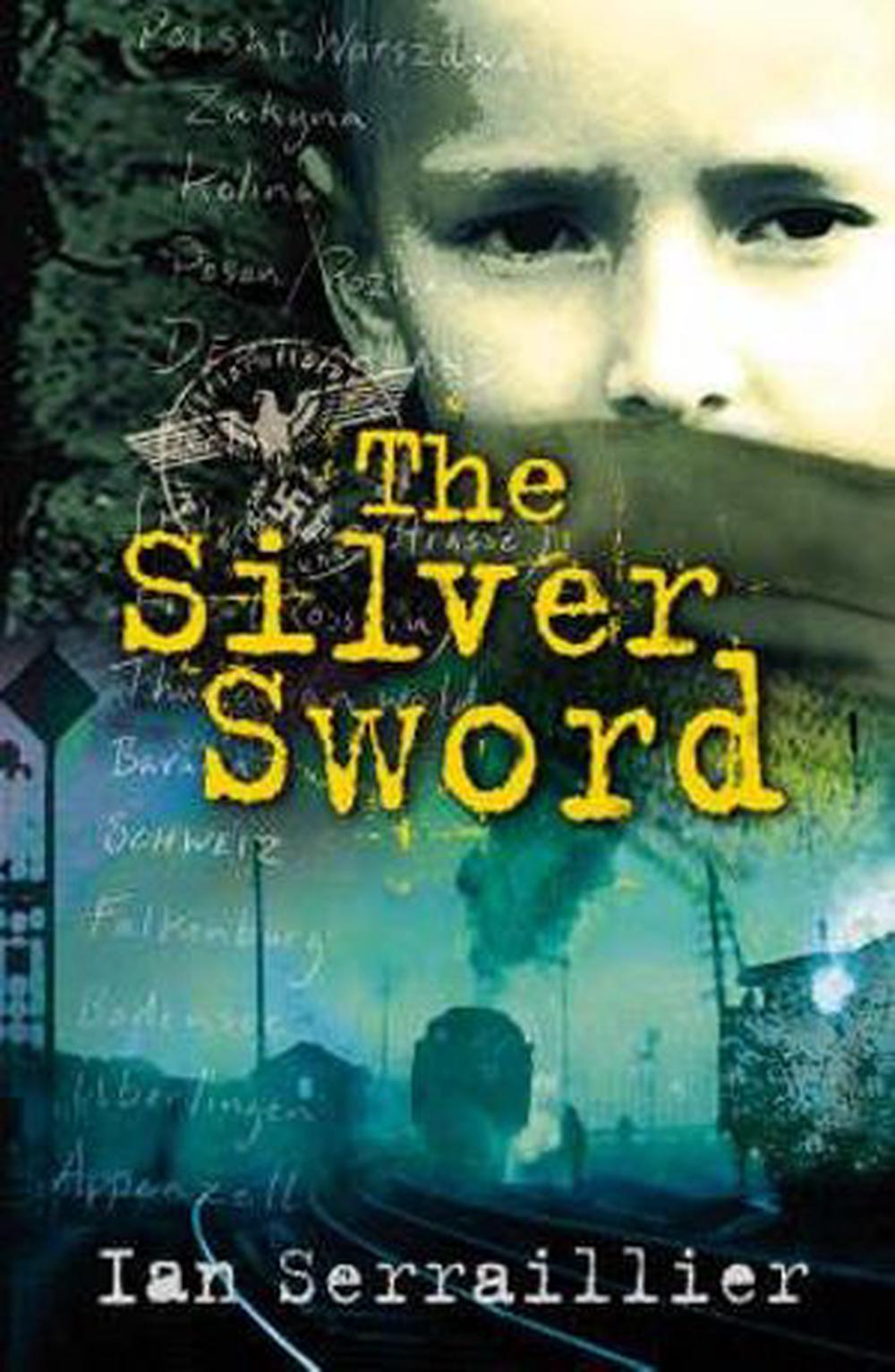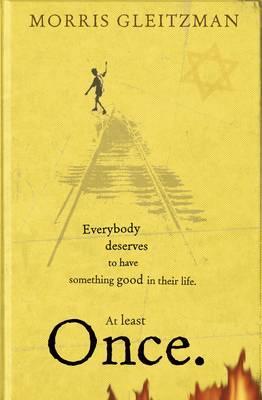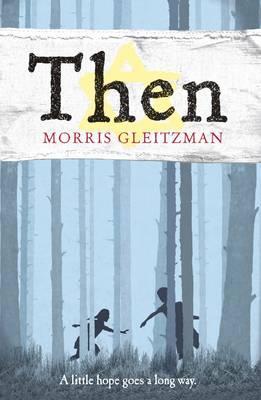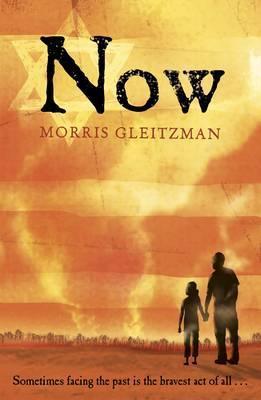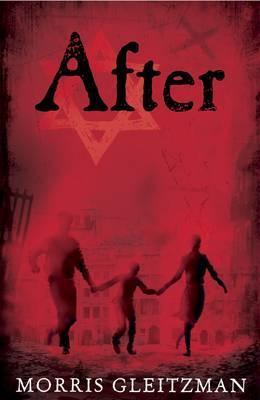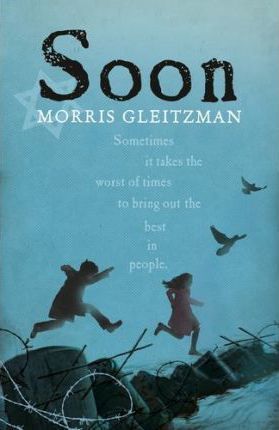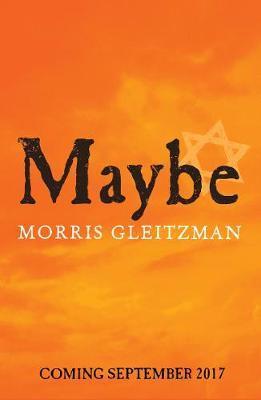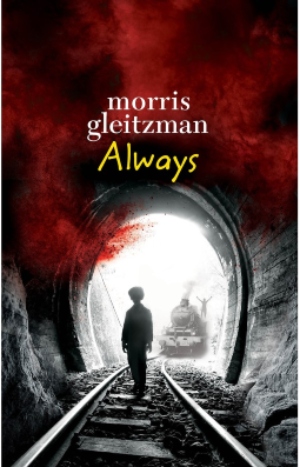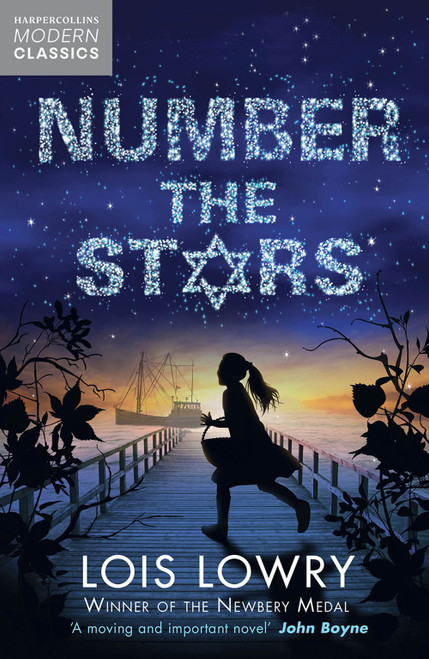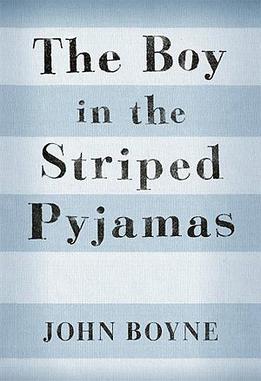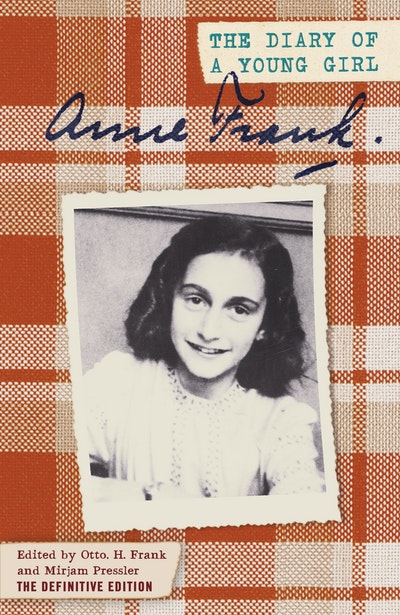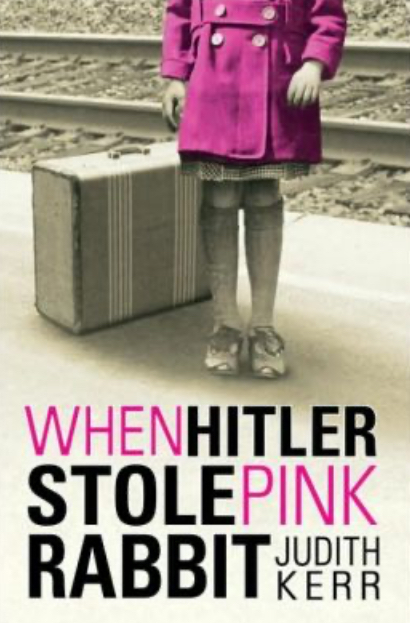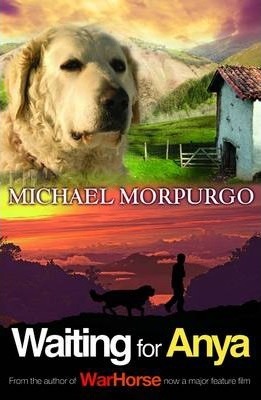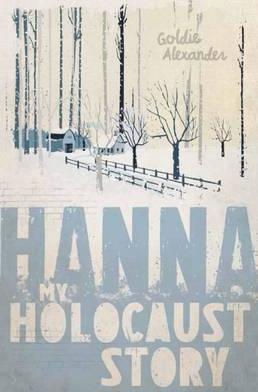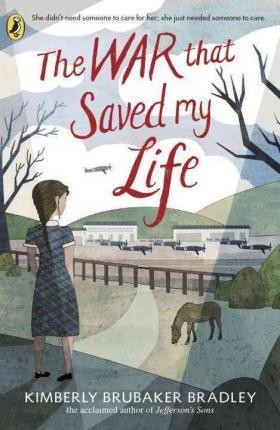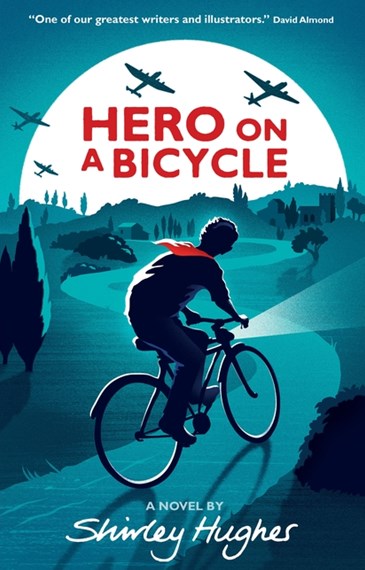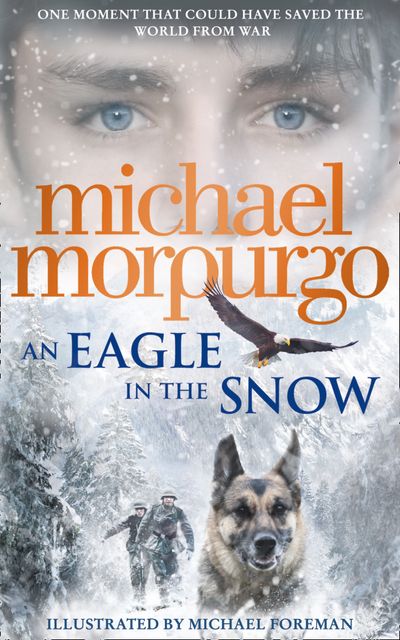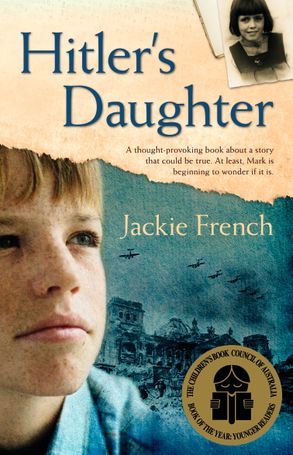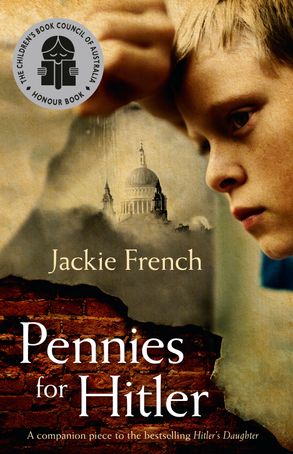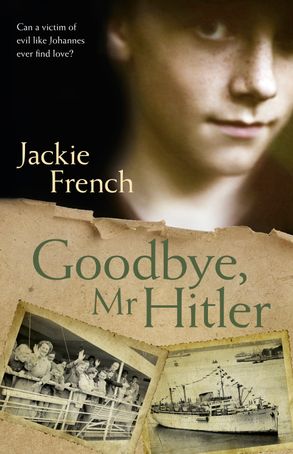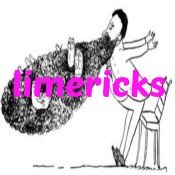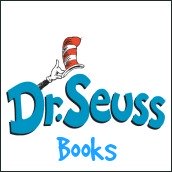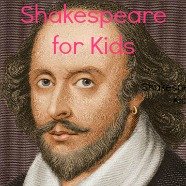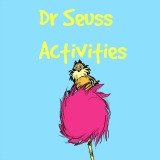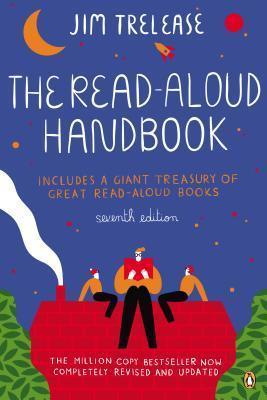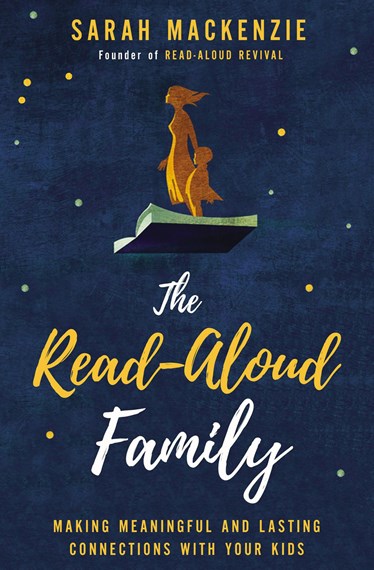You are here: home / teen book reviews / World War II books
20 World War Two Books For Kids & Teens
Updated 26 December 2023
On this page you'll find some really brilliant World War Two books for kids and teenagers.
Some of these books are fictional stories about World War II based on events that really happened. Two are non-fiction books written by people who lived through the events they describe.
If you're looking for picture books about World War I or World War II, I've written about some brillant ones here. There are also reviews about picture books which discuss the role of Australian Aboriginal soldiers in the wars here.
These books have been carefully chosen for kids aged between about 12 and 16 to read on their own but they're also great to read aloud to slightly younger children. Together, they cover many of the different experiences people had during World War II, focusing on the lives of the children who were affected by the violence. There's the story of Polish siblings trying to find their parents during the final days of the war; the story of a Jewish boy fleeing through Europe; the story of a young girl evacuated from London who finds kindness and adventure in the home of a stranger; the story of Polish Jewish children in the Warsaw Ghetto; and the story of a Danish girl who helps Danish Jews escape to freedom in Sweden.
I actually think the very best way to share these stories with your children is to read them aloud, even if your kids are slightly older.
Whatever your children's ages, you'll need to explain a little bit about the Second World War in terms that they'll understand before you start reading.
Even if your children are reading these books on their own, it's a good idea to read them yourselves and to have a bit of a chat about them afterwards. Asking your child what he or she thinks about the story gives them an opportunity to clarify their thoughts and gives you a chance to extend their knowledge and answer any questions they may have.
Reading World War Two Books Aloud
If you're reading these books aloud, it's a good idea to give your kids a sort of broad-brush picture of what happened before you start reading.
You don't have to go into lots of detail and, of course, tailor your explanation to the age of your child but do try to set the scene for them.
You may like to get hold of a large world map and point out where Australia is (or wherever you live) and then look at where France, Germany, England and Poland are. I did this with my three and it worked really well. We left the map up on the wall and it's surprising how often the kids referred to it during the story. The Book Depository has some great, plastic-coated maps at very cheap prices.
Depending on the age of your child, you may like to explain how far these countries are from Australia by saying something like "to get there, we'd have to go on an aeroplane for a whole day and then sleep for a whole night and when we woke up we'd be there."
Setting the Scene
When I read The Silver Sword to my children a few years ago, I began by explaining that a long time ago, a man called Hitler was in charge of Germany. He wasn't a very nice man and he wanted to be the boss of some other countries too so he sent his soldiers to the other countries and killed the leaders or forced them to go away.
My kids knew a fair bit about different religions so I explained that this leader didn't like Jewish people and wanted to kill them all. I said that the Jewish people who lived in these countries had to hide or run away and that some escaped but some were killed. Then we talked for a bit about how scary that would have been, especially for the children, before we went on to read the book.
Having this kind of conversation with kids is one way of doing what teachers call building background knowledge, which is one of the many benefits of reading.
20 Great World War Two Books for Kids
1. The Silver Sword
The Silver Sword was first published in 1956 and is based on a true story. It's about three Polish children, Edek, Ruth and Bronia, whose parents are taken away by the Nazis and whose home is blown up, leaving them to fend for themselves. How they survive the war and the chaotic aftermath to go in search of their parents is an amazing story which absolutely enthralled me as an eight-year-old when my Year 3 teacher read this book to our class. I was thrilled when, many years later, my kids loved it as much as I did. This book is a great story of adventure and survival and a good way to introduce the subject of World War II to your kids. There are elements of danger in it as the children hide from soldiers but nothing likely to be too disturbing for young readers. The book's probably most suited to children aged between 10 and 13 years but it's also a great book to read aloud to older kids. I read it to my children when my sons were about 9 and my daughter was about five and they all loved it. I still re-read it from time to time as an adult.
2. Once
One and a half million Jewish children were murdered by the Nazis during the Second World War. Morris Gleitzman is Jewish and wrote Once because he wanted to tell the story of the Jewish children whose stories have never been told. The way he did this is to write the story of a little boy called Felix who, when the story begins, is living in a Catholic orphanage where he's been for three years. Felix believes he's been left in the orphanage by mistake so he leaves and makes his way back to his home to look for his parents. They aren't there and he finds another family living in his home so he begins his long journey to look for them. Along the way he meets Zelda and the two must survive on their wits and the kindness of strangers as they hide from the Nazis and search for Felix's parents. This book is written in the first person so we see everything through Felix's eyes. This is very moving because he doesn't understand many of the things he describes. This is a great book for kids aged from about ten up but, if you're a parent, I'd suggest that you read it too and discuss it with your child. I'm not sure it's a good one to read aloud to younger children. There are a few scenes they may find a bit uncomfortable and children younger than about ten are probably not going to understand some of the content.
There are now seven books in this series. The sequels to Once are:
Then (2009)
Now (2010)
After (2012)
Soon (2015)
Maybe (2017)
Always (2021)
If you'd like to read them iIn chronological order of Felix's life, the sequence is: Once, Then, After, Soon, Maybe, Now, and Always.
3. Then
This is the sequel to Once and it's every bit as good a book. It continues the story of Felix and Zelda and focuses very much on the people who help them. Both Once and Then don't shy away from the terrible things Felix and Zelda encounter. The point of the books is to tell the stories of the children who lived and died during the Holocaust so truth is important. But the stories are also about courage, humour and hope and I think the author does a great job of weaving these into the story of Felix and Zelda and their dangerous and desperate journey. You can buy Once and Then separately or together in one book.
4. Now
This is the third book in Felix's story and takes place many years after the Second World War. Felix is now an old man and living in country Victoria in Australia with his family. He has become a doctor, married and had a son and has mostly buried his painful memories of the war years. But when his grand-daughter, Zelda, comes to stay with him they are caught up in a terrible bush fire and Felix's memories resurface. This is a terrific book but I'm not sure that it would have the same impact if you hadn't first read the other books in the series. I also don't think it has quite the same level of tension and sense of desperation as the other books do. Having said that, it really does round off Felix's story nicely and is well worth reading, for adults as well as for kids.
5. After
This is the fourth book in Morris Gleitzman's wonderful, shocking, funny and heartbreaking series of books about Felix, a Jewish boy who has been separated from his parents during the war. When this story opens, Felix has been hiding in a hole underneath a barn for two years, cared for by his friend, Gabriek. The book begins: "After the Nazis took my parents I was scared. After they killed my best friend I was angry. After they ruined my thirteenth birthday I was determined to get to the forest, to join forces with Gabriek and Yuli, to be a family, to defeat the Nazis after all." This book contains shootings, hangings and descriptions of some dreadful medical procedures so I would recommend it for ages 15 and above, rather than for younger readers. Having said that, if you're reading it aloud to younger children, you can assess and then leave out anything you think is too graphic and disturbing for your particular young person.
6. Soon
This is the fifth book in Morris Gleitzman's wonderful series about Felix. I actually thought After would be the final book so was thrilled when I discovered this book recently. Soon tells the story of what happened after the Second World War officially ended, when the streets of Europe were still a
battleground for food, shelter and protection and millions of people were displaced and looking for relatives. It begins when Felix is in
hiding to stay safe and is caring for a baby who has been orphaned. The story is set in 1945 and follows the events which take place in the previous book, After. It's a very moving book and will appeal to readers of all ages. I loved it.
7. Maybe
Maybe continues the story of Felix, beginning in 1946 when he is 14. Felix, Gabriek and pregnant Anya are making their way to the ruins of Gabriek's farm but danger still lurks along every road and even at the farm. Then, Felix is offered a chance to go to Australia. But his arrival and his first encounters with Australian people are not what he hoped for and Felix must face many challenges before he finds the safety he has been seeking for so long. This is the sixth book about Felix and it's essentially a coming-of-age story. It's about identity, family and the search for truth and explores the devastating and long-lasting impact of loss and trauma.
8. Always
This is the seventh and final book in Felix's story in which Felix sets out to uncover the truth about his family and his past. Now in his eighties and living in an aged-care home in Australia, Felix finds himself helping Otto and his orphaned nephew, Wassim, who are being targeted by a gang of criminals in Poland. Along the way, he is forced to confront his deepest fears and face new challenges. He also has the opportunity for an act of courage and generosity bigger than anything he's attempted before. And through it all, Felix discovers the power of hope and resilience. A poignant, moving, hopeful and ultimately triumphant conclusion to Felix's story.
9. Number the Stars
I've only just finished reading this book after I came across is by chance. Annemarie is ten and her best friend Ellen lives in the same apartment block in Copenhagen. Their families are friends and Ellen is Jewish. Despite the Nazi soldiers the girls see on almost every street corner, this doesn't seem to matter until one evening when Annemarie's papa tells her that the Nazis have taken the synagogue lists of all the Jewish families. The story that unfolds from there is one I knew nothing about until I read this book. A German official in Copenhagen warned Jewish leaders about what was going to happen and the Danish Resistance managed to get almost the entire Jewish population of Denmark to safety in Sweden before they could be rounded up by the Nazis. The story of how Annemarie and her family help their friends to escape shows the courage that ordinary people - even children - are capable of in times of danger. I highly recommend this book to every family, whether you read it aloud or give it to your children to read on their own. It's quite short and very suitable for children aged from about ten up or you can read it aloud to children aged from about eight up.
10. The Boy in the Striped Pyjamas
This story has become very well-known since the movie came out in 2008 but I think the book's even more moving than the film. The story is told by Bruno, the nine-year-old son of a Nazi officer who receives a promotions and moves with his family to a place called Out-With in Poland. Bruno has no-one to play with in his new home so he goes exploring and meets Shmuel, a boy who shares his birth date and lives next door on the other side of a high fence. Bruno doesn't know what his father does for a living or that his new friend is a prisoner destined to die. He doesn't understand the tension between his parents or that he leads a privileged life. He just wants a friend. This book is suitable for children aged from about twelve up but it's also a book many adults have read.
Parents and readers should be aware that The Boy in the Striped Pyjamas has, in recent years, been criticised for being historically inaccurate and for its focus on the plight and point of view of Bruno, the Nazi Officer's son, at the expense of that of Shmuel, the Jewish boy who is the other main protagonist in the story. I think these criticisms are valid and that they're important to read and understand. There is a good summary of them here.
11. Anne Frank: The Diary of a Young Girl
This book probably needs no introduction. It was first published in 1947 and has been read by millions of people in the years since then. Anne Frank was Jewish and spent two years in hiding with seven other people in a warehouse in Amsterdam. She was thirteen when she went into hiding and kept a diary during that time, recording her dreams, irritations, hardships and passions. Anne died in Bergen-Belsen concentration camp in 1945 just before she would have turned 16 and not long before the war ended. Her father was the only family member to survive and he was given the diary by a friend who found it after the Franks were captured. This is a must-read for all teens although, realistically, it will appeal more to girls than to boys. It's a great book to read aloud though so try it with children aged from about ten up.
12. When Hitler Stole Pink Rabbit
This book first came out in 1971 but I've only just come across it and I'm so glad I did because it's fantastic. It's the true story of nine-year-old Judith (called Anna in the book) who wakes one morning in 1933 to find her journalist Dad has left their comfortable home in Berlin. Anna's mother explains that Germany is no longer safe for Jewish people such as them so Anna, her older brother Max and their mother must join Anna's father in Switzerland. They have to leave almost all their possessions behind, including most of Anna and Max's toys. Over the next few years, Anna and her family move several times to stay safe. Anna and Max have to learn new languages and customs, go to new schools and make new friends. This is a really well-written book which does a great job of showing the impact of the war on one family. There's nothing violent or gruesome in the story as Anna and her family travel to England where they survive the war. It's a fantastic book for kids aged between about ten and 13 to read on their own. Even better, read it aloud to your children when they're aged between about six and twelve. The author, Judith Kerr, went on to write many books for children, including the very famous (and very gorgeous) picture book The Tiger Who Came to Tea. She also wrote two sequels to When Hitler Stole White Rabbit which tell of her life in England during and after the war years. I recently read both these books - Bombs on Aunt Dainty and A Small Person Far Away - and really enjoyed them.
13. Waiting for Anya
English writer Michael Morpurgo has written some brilliant books for kids and this one is terrific for children aged from about ten years up. In this story, Jo is a young shepherd in a mountain village in south-western France, not far from the border with Spain. German soldiers are in residence and there are rumours of Nazi death camps in Germany when Jo stumbles upon a secret: Jewish children are being smuggled into Spain through his village. This exciting story is about how Jo becomes involved in this dangerous work and what happens in the closing weeks of the war. It's suitable for reading aloud to children aged from about eight years up.
14. Hanna: My Holocaust Story
This book is, to be honest, not quite as well-written as the others I've reviewed on this page. Reading it didn't invoke the same level of emotion I felt when reading the other books and I initially thought I might not finish reading it. That said, I did finish it and I enjoyed the story so I do recommend it if your 10-15-year-old kiddo is interested in World War II or if you're keen to help him or her understand what happened. The heroine of this story is a 11-year-old Jewish girl, Hannah, and the tale begins in 1941 when she and her parents and siblings are taken to the Warsaw Ghetto after being betrayed to the SS while hiding at a farm elsewhere in Poland. Hannah's beloved Papa is told to report to the Jewish Council to work as a translator processing new arrivals which means the family has a little money to buy food, unlike most of the others in the Ghetto. As the story unfolds, we watch through Hannah's eyes as the Ghetto becomes overcrowded, food becomes even more scarce and many people die of starvation or illness. Others are shipped away to an unknown place and many are shot on the streets by the German soldiers who guard them. This book is the first I've come across which explains the story of the Warsaw Ghetto to children in a fictional narrative. It does a good job of this, avoiding the more horrific details of what went on while humanising the story by telling it through Hannah's eyes. I also liked Hannah's encounter with a German soldier who had been forced into conscription and hated the horrific acts he was forced to take part in which plants the seed of understanding that not all German soldiers were willing participants.
15. The War that Saved My Life
This book started out a bit slowly for me but it quickly improved and I now think it's one of the most moving and best-written books I've ever read. I recommend it for children aged from about 13 up because it centres on a 10-year-old girl, Ada, who is abused, both physically and emotionally, by her mother who hates Ada's disability - a club foot. Ada and her brother live in London and are the children of a very poor, bitter single mother. They are sent to the country during the war to get away from the bombing of London and end up in a small village with Miss Smith, an older lady who is, initially at least, not at all keen to have them. But she is kind to the children and upset that Ada has never had the simple operation that could fix her foot, giving her the ability to walk properly and without pain. As the story unfolds, the children become used to village life, make friends and have adventures and Miss Smith ends up becoming the caring mother that Ada so badly needs. There's a fairly recent sequel to this book which I've just read and loved. It's called The War I Finally Won and it's also very well worth reading.
16. Hero on a Bicycle
Set in 1944, this book tells the story of 13-year-old Paolo who lives with his older sister and his English mother in Florence which is occupied by the Nazis. Despite the danger created by their mother's presumed sympathy for the allies and the fact that their father is away and suspected of working for the Italian resistance, Paolo and his sister, Constanza, are desperate to fight the occupation. But what a young boy who has little more than a bicycle to his name do to help? Written by Shirley Hughes, well-known for her gorgeous picture books for younger children, this book extended my understanding of what life was like in Nazi-occupied Italy. It does a great job of describing the conditions under which people lived, the conflicting sympathies of the Italian people and the dangers faced every day by families like Paolo's.
17. And Eagle in the Snow
Michael Morpurgo was born during World War II while his father was away fighting and he has said that this is what inspired him to write several books set during that war. Having said that, An Eagle in the Snow is actually set mostly during the First World War. The story begins in 1940 when Barney and his Nan are on a train in England, escaping to the countryside to avoid the bombing in London. When a German fighter plane opens fire on the train, the train hides in a tunnel and a strange man sitting opposite them decides to tell them a story about his friend, Billy Byron, the most decorated soldier of the First World War. A chance meeting during the 1914-1918 war presents Billy had a choice. As it turns out, had he chosen differently, World War II would never have happened. Michael Morpurgo often takes historical events as the basis for his fictional stories and this is what he has done here. This is a fascinating story with the addition of a tantalising 'what if?'
18. Hitler's Daughter
As far as anyone knows, Hitler never did have a daughter. But what if he had? I'm a huge fan of Jackie French's historical fiction and this book is wonderful. Waiting at their bus stop, Mark, Anna, Ben and Tracey while away the time by telling each other stories. Anna's story is about a little girl called Heidi who is the unacknowledged daughter of Adolf Hitler who provides for her and visits her from time to time. Living in isolation in the countryside with her governess, Heidi knows very little of the political situation in Germany during the war. She has lessons with Fraulein Gelber and rescues hedgehogs from the cold. Though this is fiction, the story opens up some interesting avenues of thought. What if Hitler really had had a daughter? And If you were Hitler's daughter, would all the horror that occurred somehow be your fault, too?
19. Pennies for Hitler
Set in 1939, just before the outbreak of war, this book is a companion piece to Hitler's Daughter. It's the story of Georg, the young son of an English academic living in Germany, whose life is full of cream cakes and loving parents. But it's also a time when Georg's teacher measures his pupils′ heads to see which of them have the most ′Aryan′- shaped heads and his world is turned upside down when his father is found to have had a Jewish grandfather. Then, a university graduation ceremony turns into a pro-Nazi demonstration and Georg loses his family and everything he knows. Eventually, Georg is smuggled out of Germany to war-torn London and then across enemy seas to Australia where he must forget his past and who he is in order to survive.
20. Goodbye Mr Hitler
This is the third book in Jackie French's Hitler series and it's a compelling, beautifully-written story. It's the story of three people - Johannes, Frau Timmins and the girl known as ‘Helga' - and how they survived the Nazi death camps and the vast wilderness faced by refugees in World War II, before eventually finding happiness in Australia. Books like this can be very sad to read and sadness is certainly part of this story. But this book is also about hope and about what the Holocaust can teach us about hope. It's about how people in the internment camps survived and what motivated them to want to continue living in a world where people could be so terrible to each other.
